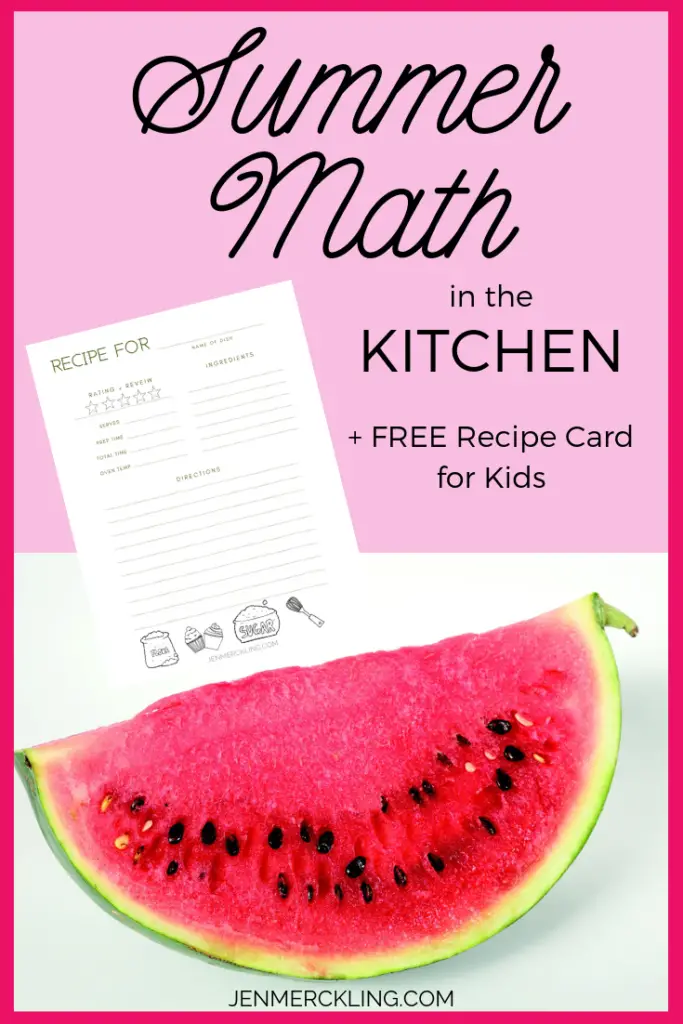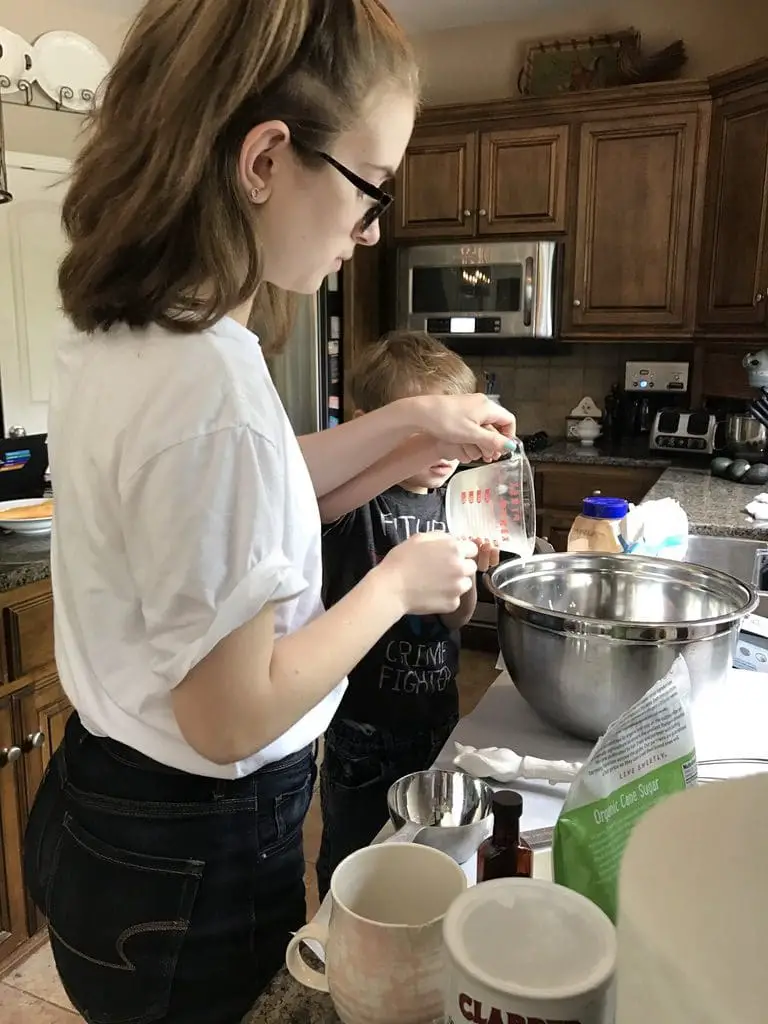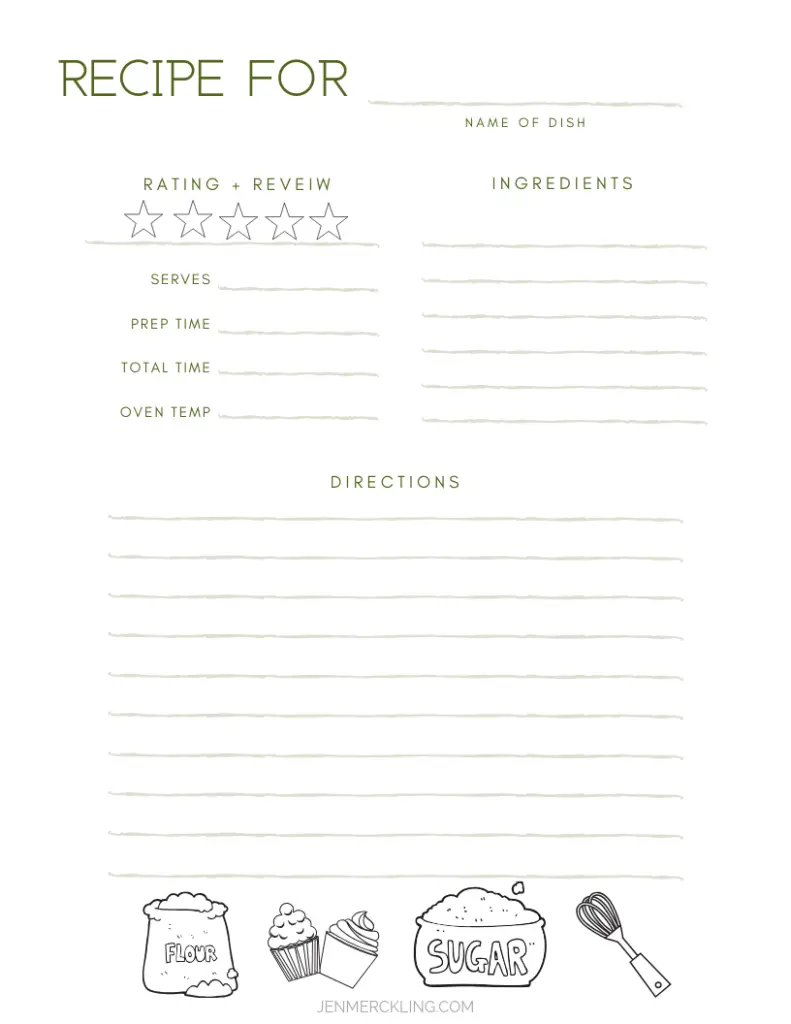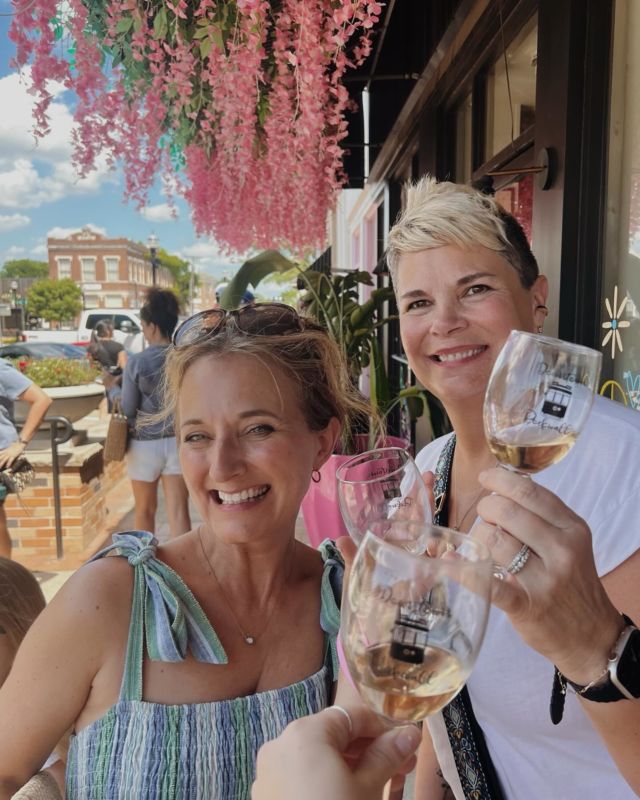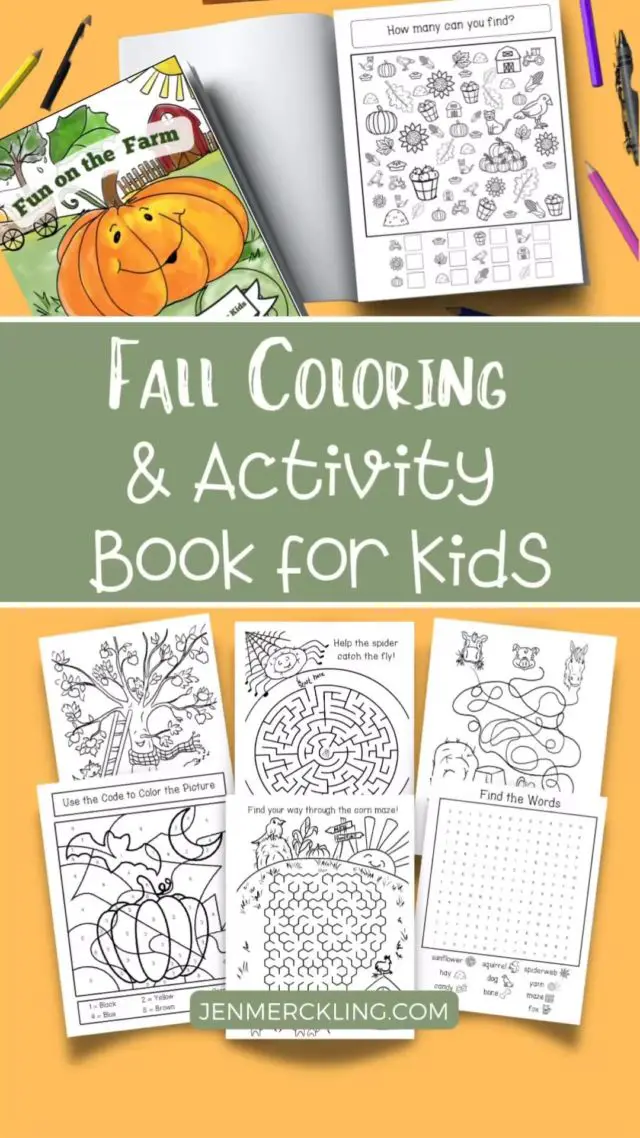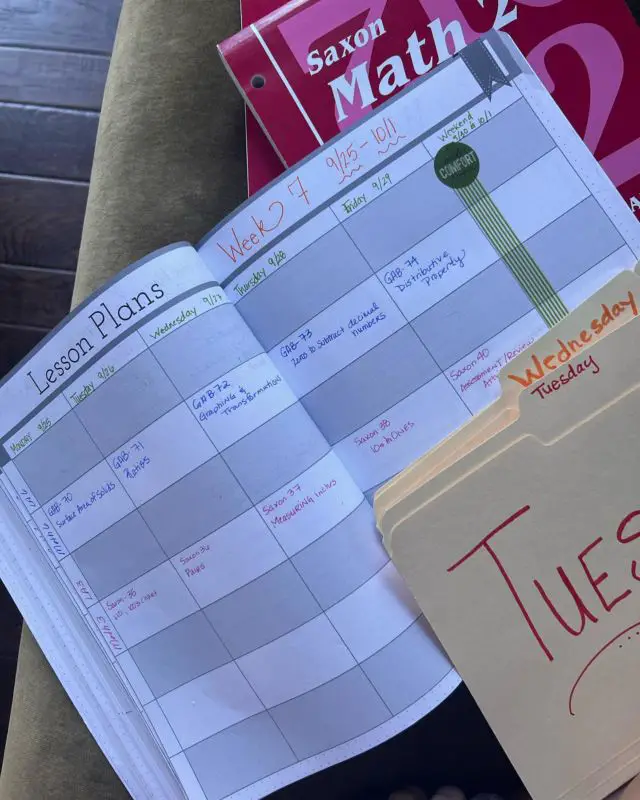Summer math lessons…Always high on my “good intentions,” list, but somewhere between the swimming pool and sidewalk chalk, they don’t always become a reality! The truth is–I love math, but it can be an exhausting subject! In the early years, we’re memorizing facts and nailing down foundational concepts. Later we’re tackling algebra and geometry! Sometimes you just need a break! But this year I really want to keep my kiddos practicing math skills through the summer–and I’m sneaking them in any way that I can! Kids love to be in the kitchen (mine are always hungry)…So let’s cook up some engaging math lessons that keep our kiddos learning and fill their bellies!
Fractions and Multiples
Cooking is math in action. How many times has a child moaned, “Why do I have to learn this?” Baking requires exact measurements. It implores fractions and multiples without the intimidation of drills. So find a recipe, and dig out the measuring cups! Try doubling a recipe and then cutting one in half.
Include various tools of measuring–experiment! For example: Does it really matter which measuring cups are used–the ones for liquids vs. solids? Will one cup of water measure the same regardless of container? What about a cup of flour?
In addition, try making a cup out of tablespoons. Measure out a tablespoon using teaspoons. Challenge each other to see how many different ways you can make a cup of water (or a pint and a quart)! Or really be wild and go metric!
Shapes and Design
Chefs will tell you that you eat with your eyes first. Presentation and design are all part of successful cuisine. How many ways can you cut a grilled cheese? What can you make out of a carrot? Veggies and fruit can become delectable tangrams. Younger children can study their shapes by creating new presentations for their everyday favorites. Math figures into all design to make it congruent and balanced.
Variations
What happens if you double the sugar? How about it you substitute baking powder or baking soda? Playing with recipes gets to the science of cooking. Make a hypothesis of what you can do to change up the recipe. Experiment and evaluate your results. Changing recipes can be risky business. Recipes are a synthesis of ratios, balance, and creativity. Some experiments will result in sweet victory. Other will fail miserably. Be daring and try it anyway. It will pique your child’s curiosity, and practice the scientific method.
Five Star Rating
As you explore new recipes and try your experimental variations, set up a rating system. Sit down and discuss how the recipe turned out. What did you like? Is there something you would change? What would you do differently next time?
Assign a star rating to each creation. You can chart your ideas. Calculate your success rate. Keep a log of your journey. Make the same recipes five times and average your end results.
Writing Connections
In addition to making math connections in the kitchen–you can easily integrate writing! Young children can narrate the process–a great practice for ordering events and writing clear directions! Elementary kiddos can re-copy recipes and give them their own twist (sneak in some copywork)! Let them create their own recipe book to share with family and friends!
Here’s my FREE Recipe Card for Kids to help get them started!
Keep Summer Math Fun
Math is fun! Encouraging our kids in the kitchen provides hands-on learning and makes math fun…(And I’m also hoping it’ll make my kids less picky!) What are you cooking up in math this summer?
With Love,
Jen xo
Other Math Posts:
- Top 12 Favorite Homeschool Curriculum
- Top 10 Math Manipulatives
- Saxon vs. Teaching Textbooks
- Teaching Textbooks 3.o Review
- Encouraging Independent Learning
P.S. Don’t miss my family’s favorite recipes in the Free Subscriber Resource Library–perfect for your summer math learning!
[convertkit form=5242086]
